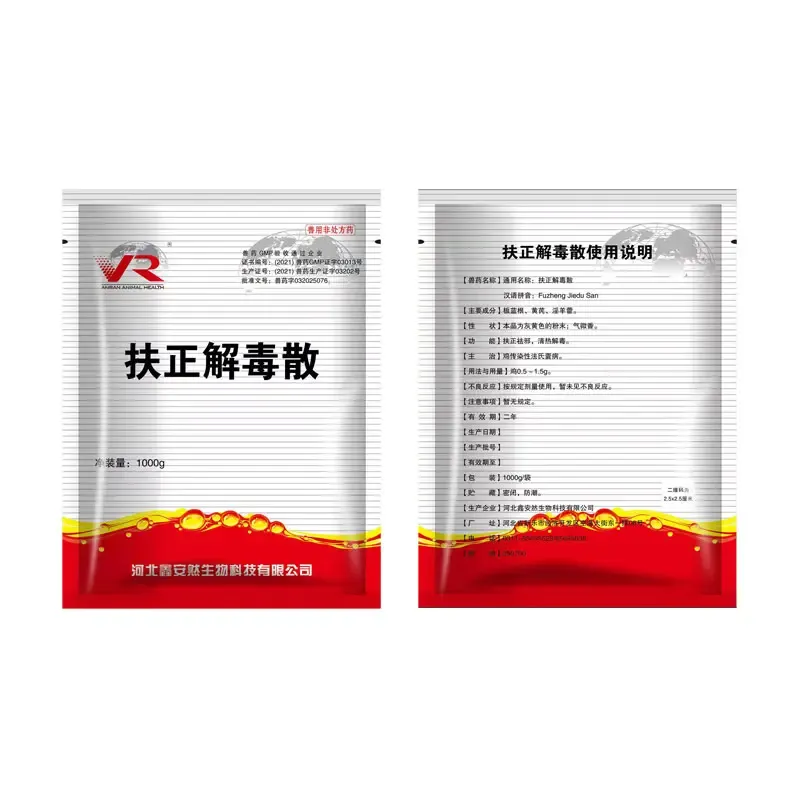- Afrikaans
- Albanian
- Amharic
- Arabic
- Armenian
- Azerbaijani
- Basque
- Belarusian
- Bengali
- Bosnian
- Bulgarian
- Catalan
- Cebuano
- Corsican
- Croatian
- Czech
- Danish
- Dutch
- English
- Esperanto
- Estonian
- Finnish
- French
- Frisian
- Galician
- Georgian
- German
- Greek
- Gujarati
- Haitian Creole
- hausa
- hawaiian
- Hebrew
- Hindi
- Miao
- Hungarian
- Icelandic
- igbo
- Indonesian
- irish
- Italian
- Japanese
- Javanese
- Kannada
- kazakh
- Khmer
- Rwandese
- Korean
- Kurdish
- Kyrgyz
- Lao
- Latin
- Latvian
- Lithuanian
- Luxembourgish
- Macedonian
- Malgashi
- Malay
- Malayalam
- Maltese
- Maori
- Marathi
- Mongolian
- Myanmar
- Nepali
- Norwegian
- Norwegian
- Occitan
- Pashto
- Persian
- Polish
- Portuguese
- Punjabi
- Romanian
- Russian
- Samoan
- Scottish Gaelic
- Serbian
- Sesotho
- Shona
- Sindhi
- Sinhala
- Slovak
- Slovenian
- Somali
- Spanish
- Sundanese
- Swahili
- Swedish
- Tagalog
- Tajik
- Tamil
- Tatar
- Telugu
- Thai
- Turkish
- Turkmen
- Ukrainian
- Urdu
- Uighur
- Uzbek
- Vietnamese
- Welsh
- Bantu
- Yiddish
- Yoruba
- Zulu
Dec . 11, 2024 09:57 Back to list
Exploring the Uses and Benefits of Gentamicin Sulfate 0.1 for Infection Treatment
Gentamicin Sulfate 0.1 An Overview of Its Use in Medical Treatments
Gentamicin sulfate is an aminoglycoside antibiotic widely employed in clinical settings due to its efficacy in treating various bacterial infections. This article focuses on its formulation at a concentration of 0.1%, which is commonly used in topical preparations for the management of localized infections. Understanding gentamicin's mechanism of action, indications for use, possible side effects, and safety precautions is essential for both healthcare providers and patients.
Mechanism of Action
Gentamicin works by inhibiting bacterial protein synthesis. It binds to the 30S ribosomal subunit of the bacteria, which interferes with the reading of mRNA. This disruption leads to the production of non-functional proteins, ultimately causing cell death in susceptible bacteria. Gentamicin is particularly effective against Gram-negative bacteria, such as Escherichia coli and Pseudomonas aeruginosa, as well as some Gram-positive organisms. The 0.1% formulation ensures that the drug remains potent for its intended use while minimizing systemic absorption, making it suitable for topical applications.
Indications for Use
The topical application of gentamicin sulfate 0.1% is indicated for the treatment of infected wounds, burns, and skin infections. It is often used in a clinical setting for patients with compromised skin integrity or those undergoing surgical interventions where infection risk is heightened. Additionally, gentamicin ophthalmic solutions at this concentration are utilized for treating external ocular infections caused by susceptible bacteria. These include conjunctivitis, keratitis, and other surface infections, such as blepharitis.
In some cases, gentamicin sulfate 0.1% may also be used in combination with other topical agents to enhance antimicrobial efficacy, particularly in polymicrobial infections. This synergistic approach helps ensure that a broader spectrum of pathogens is targeted.
Possible Side Effects
gentamicin sulfate 0.1

While gentamicin sulfate is generally well-tolerated, it is essential to be aware of potential side effects. Local reactions at the site of application may occur, including redness, irritation, or rash. In rare cases, hypersensitivity reactions can develop, leading to more severe symptoms such as swelling, itching, or severe dizziness. If these occur, it is crucial to discontinue the use of the medication and seek medical attention.
Systemic absorption of topical gentamicin is minimal; however, overuse or application to extensive areas of compromised skin may increase the risk of systemic side effects, including nephrotoxicity and ototoxicity. Although these severe side effects are more common with parenteral administration, precautions should be taken to ensure that topical use remains within safe limits, especially in patients with pre-existing renal conditions.
Safety Precautions
Before initiating treatment with gentamicin sulfate 0.1%, it is vital to conduct a comprehensive assessment of the patient's medical history, particularly any known allergies to aminoglycosides. Careful consideration should also be given to the patient's overall skin condition and any concurrent medications that may interact with the antibiotic.
Patients should be instructed on the proper application technique to minimize the risk of contamination and promote effective healing. This includes cleaning the affected area before application and ensuring that hands are washed before and after using the medication. The recommended dosing schedule should be followed to optimize therapeutic outcomes while reducing the potential for resistance development.
Conclusion
Gentamicin sulfate 0.1% is a valuable tool in antimicrobial therapy, particularly for topical applications. Its powerful mechanism of action against Gram-negative bacteria makes it a go-to choice for a variety of skin and ocular infections. However, attention must be paid to its proper use to ensure efficacy while minimizing risks. Health care providers should engage in thorough patient education and monitoring to manage any potential side effects effectively. With responsible usage, gentamicin sulfate 0.1% can significantly contribute to patient care in the management of infections.
-
Guide to Oxytetracycline Injection
NewsMar.27,2025
-
Guide to Colistin Sulphate
NewsMar.27,2025
-
Gentamicin Sulfate: Uses, Price, And Key Information
NewsMar.27,2025
-
Enrofloxacin Injection: Uses, Price, And Supplier Information
NewsMar.27,2025
-
Dexamethasone Sodium Phosphate Injection: Uses, Price, And Key Information
NewsMar.27,2025
-
Albendazole Tablet: Uses, Dosage, Cost, And Key Information
NewsMar.27,2025













